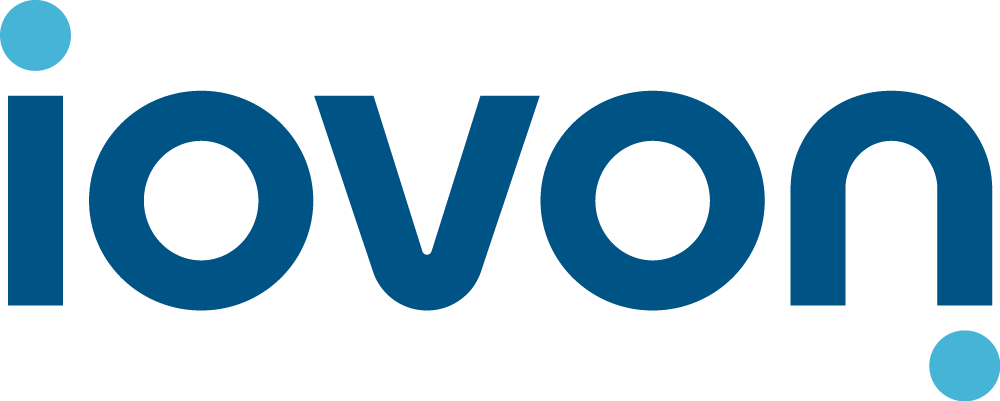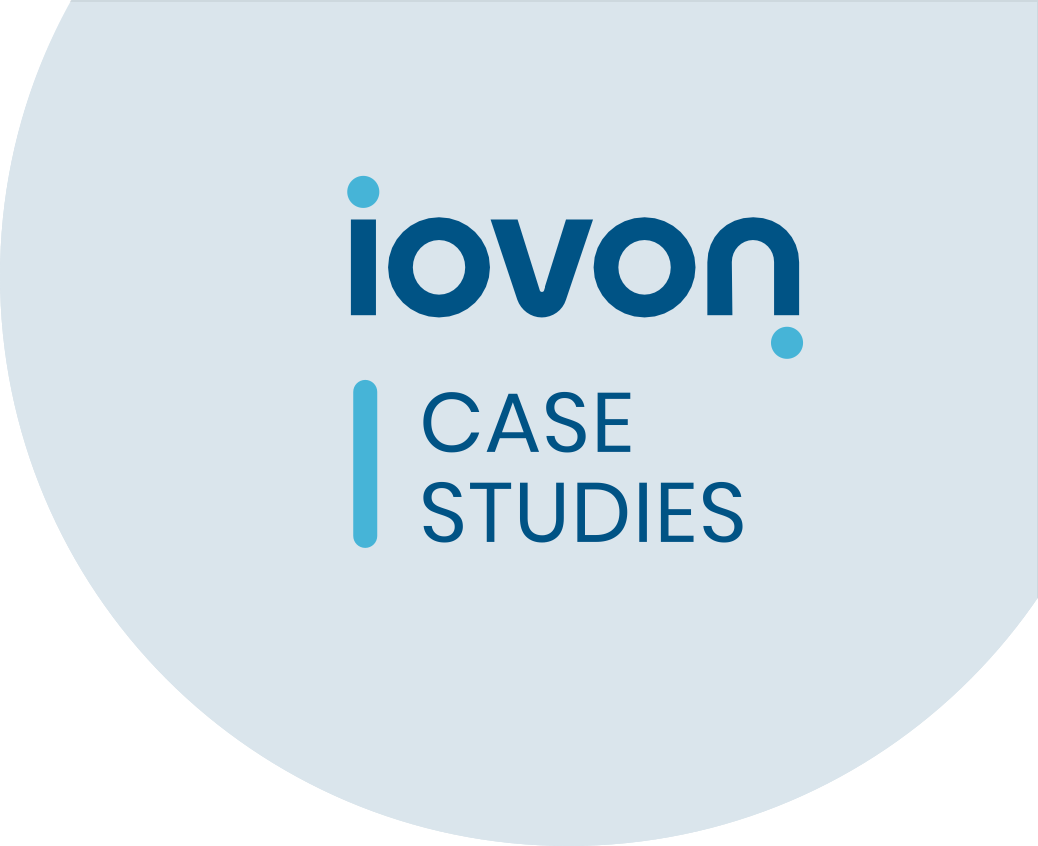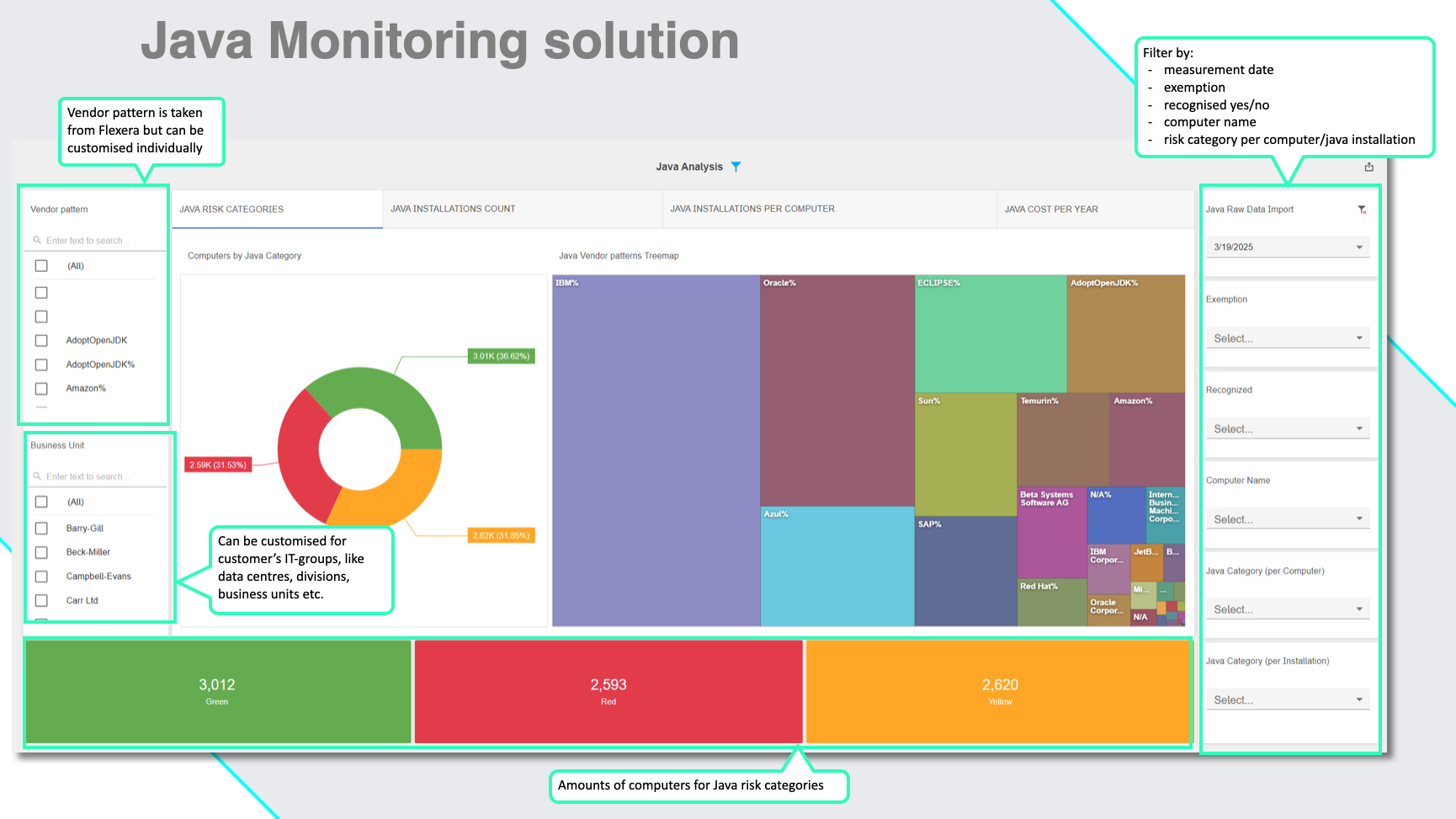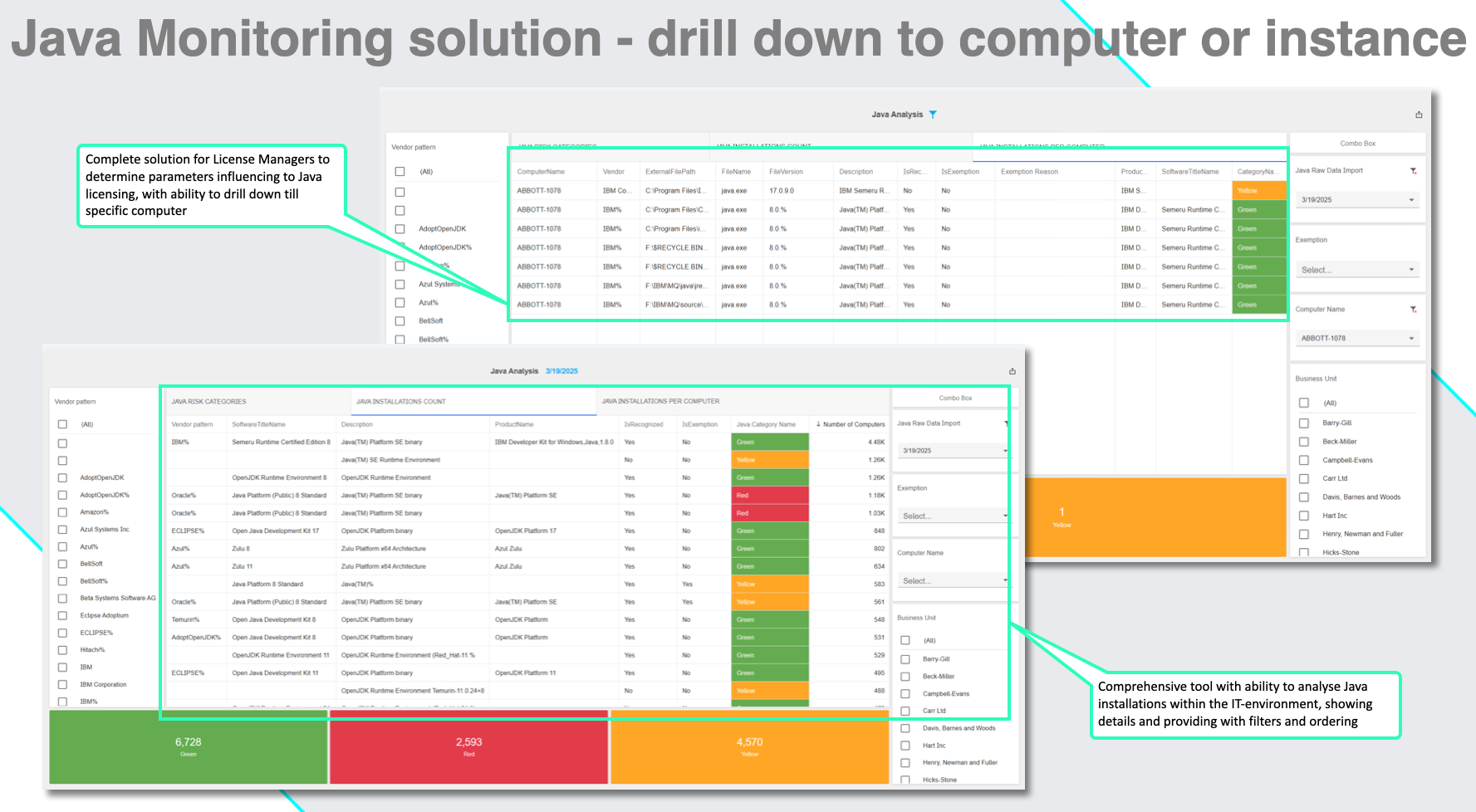Background
In 2023, Oracle introduced a new licensing model for Java SE — the EMPLOYEE metric — making costs dependent on the total number of employees rather than actual Java usage.
For this banking group, that shift meant potential annual costs of over USD 1 million, compared to just USD 30,000 previously. Without clear visibility into actual installations and versions, optimization seemed impossible.
Challenge
The customer faced a sudden cost escalation due to the new Oracle Java EMPLOYEE metric.
Under the previous model (2019–2022), the bank had around 1,000 Java users, paying approximately 2.5 USD per user per month — about 30,000 USD annually.
After the new model took effect, the licensing base expanded to over 8 000 employees at a rate of USD 10.5 per employee, resulting in an annual projection of around USD 1,008,000.
The challenge was to maintain compliance while avoiding unnecessary spending and ensuring operational stability across thousands of systems.
The task required identifying which systems genuinely required Oracle Java and to prepare a safe migration plan to open-source alternatives — ensuring stability and compliance.
Actions
- Discovery — Collected inventory data from over 1,200 endpoints and identified all Java installations across the infrastructure
- Classification — Categorized Java builds by vendor, version, and installation path to distinguish commercial from open-source distributions
- Analysis — Evaluated each case for compliance risk and migration potential
- Migration plan — Designed and executed a phased migration to OpenJDK and other verified free builds
- Monitoring — Implemented a continuous Java monitoring dashboard via ToolsHub for visibility and cost control
Results
- The customer detected Java usage on all computers through full infrastructure discovery
- Identified and implemented cost-effective Java alternatives across the environments
- Replaced all commercial Oracle Java installations with compliant open-source distributions
- Avoided the Oracle Java EMPLOYEE metric and achieved annual savings exceeding USD 1,000,000
- Maintained full compliance and operational stability throughout the transition




